Book now
Iceland is one of the most beautiful countries i have ever visited.
Iceland, known as the Land of Fire and Ice, is a land of unparalleled natural beauty, where stunning landscapes and awe-inspiring wonders await at every turn. Among its many natural treasures, Iceland is renowned for its magnificent waterfalls, which showcase the raw power and ethereal charm of this Nordic island nation. In this article, we will take you on a captivating journey through Iceland’s 10 most beautiful waterfalls, each possessing its unique allure and captivating visitors from around the globe.
1 Gullfoss (Golden Falls):
Located in Southwest Iceland, Gullfoss is a dramatic waterfall nestled in the Hvítá river canyon. As one of Iceland’s most famous and mesmerizing waterfalls, it is a must-visit destination. Accessible year-round, Gullfoss can be reached by car via the well-maintained roads or through a guided Golden Circle tour. Witnessing a rainbow appearing over the falls on a sunny day adds to the enchantment, while winter visits require caution due to potential snow and icy conditions.
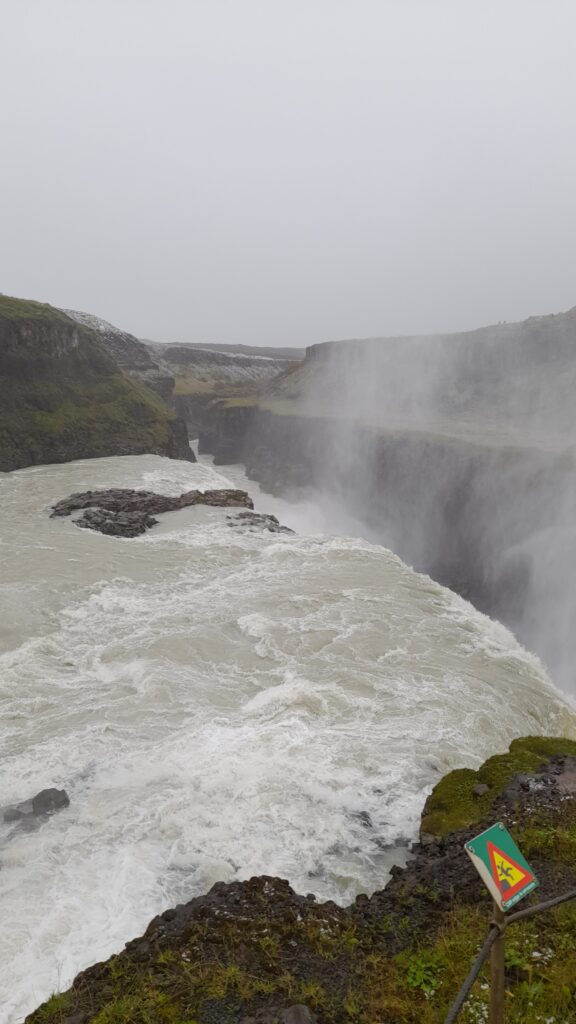
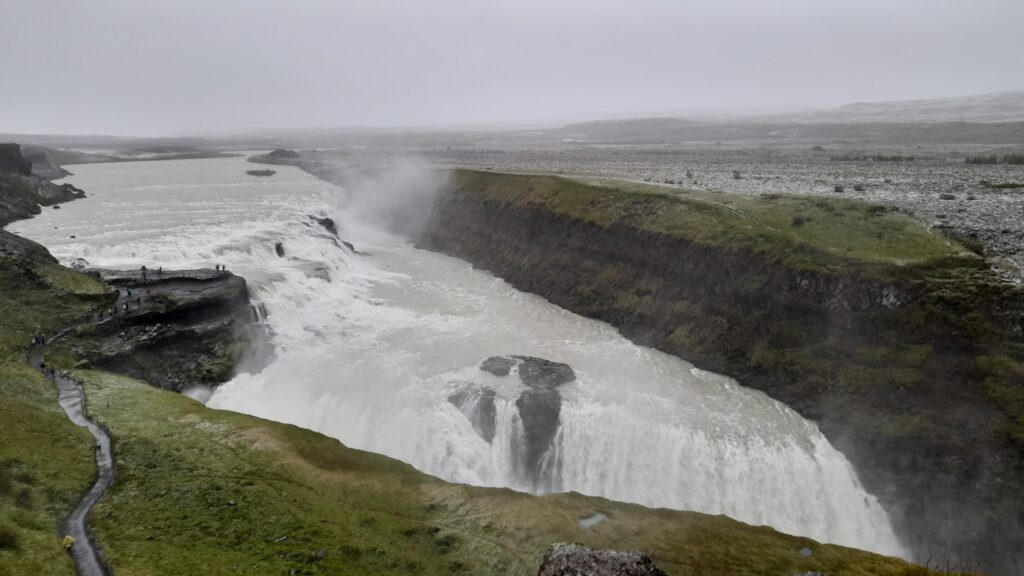

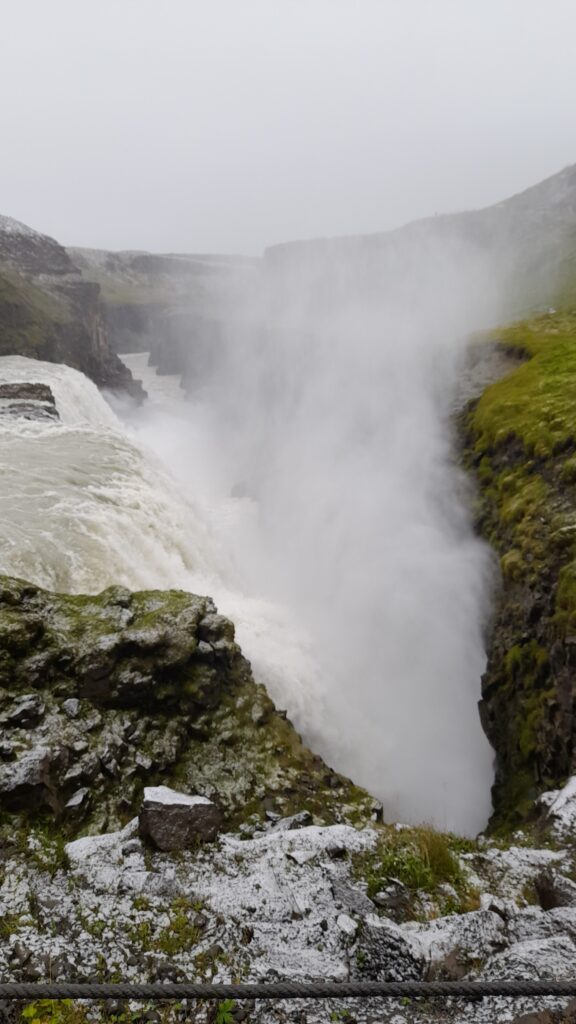

2 Dettifoss:
Regarded as Europe’s most powerful waterfall, Dettifoss showcases the raw force of nature. Situated in the Jökulsá á Fjöllum glacial river, it originates from Vatnajökull, Europe’s largest glacier. While reaching Dettifoss can be challenging during certain periods, visiting during the summer months allows for easier access. Road closures in winter necessitate alternative routes, such as guided day trips from Akureyri, the town of the North.
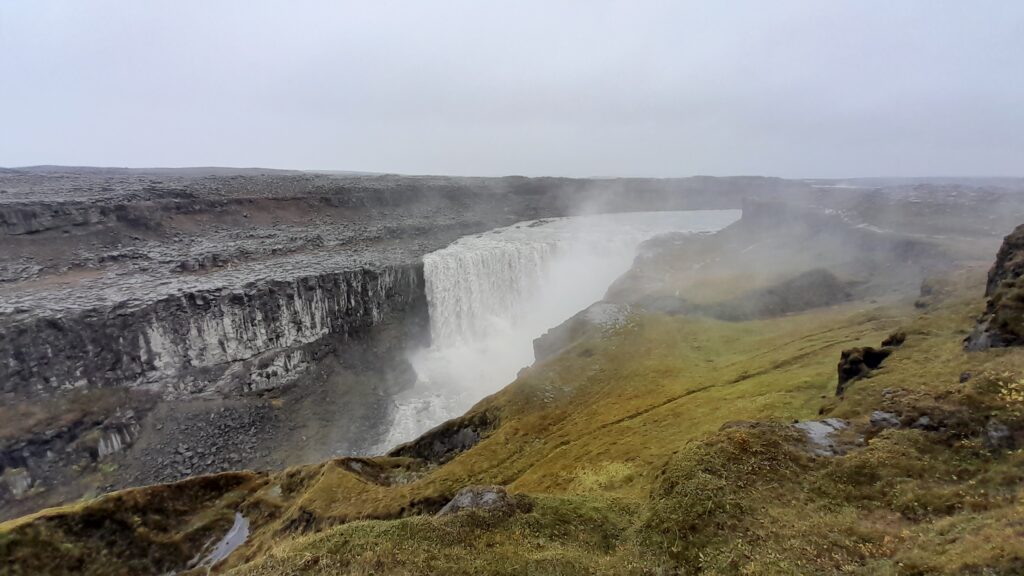

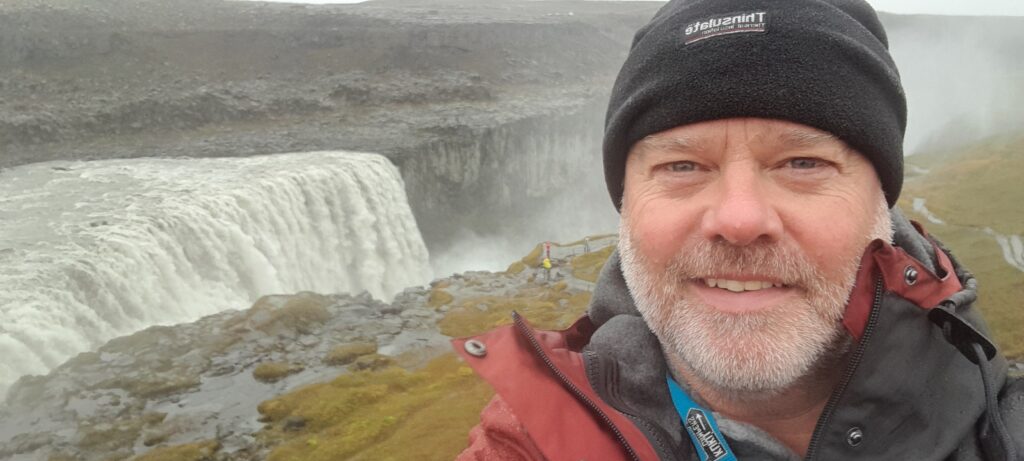

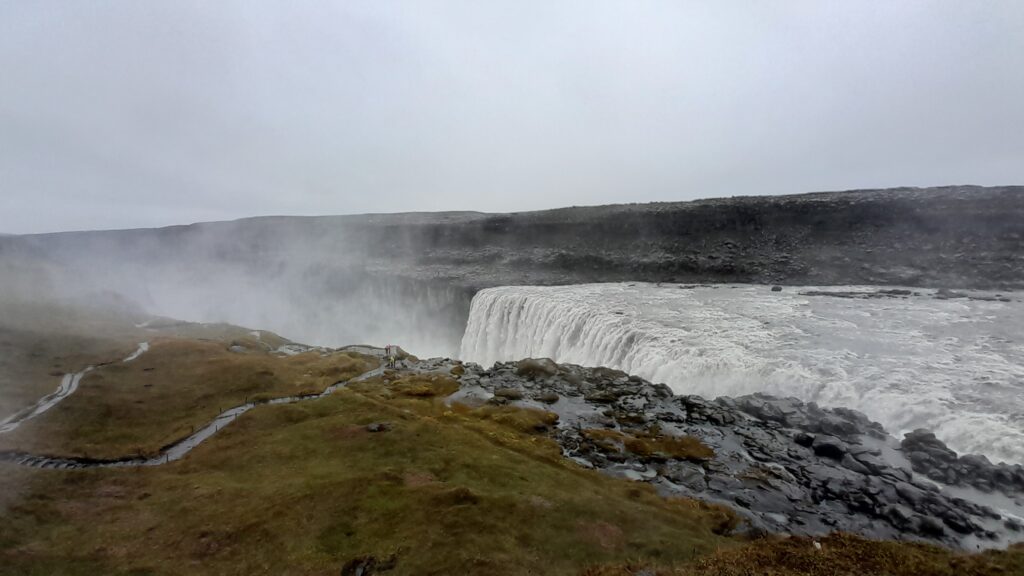

3 Selfoss and Harragilsfoss:
Within the Jökulsárgljúfur canyon and Vatnajökull National Park, Selfoss offers a captivating spectacle. Travelers driving on self-guided tours or taking escorted waterfall tours can appreciate the thundering falls of Harragilsfoss, downstream from Dettifoss. Exploring this area unveils the breathtaking wonders of Iceland’s northern region.
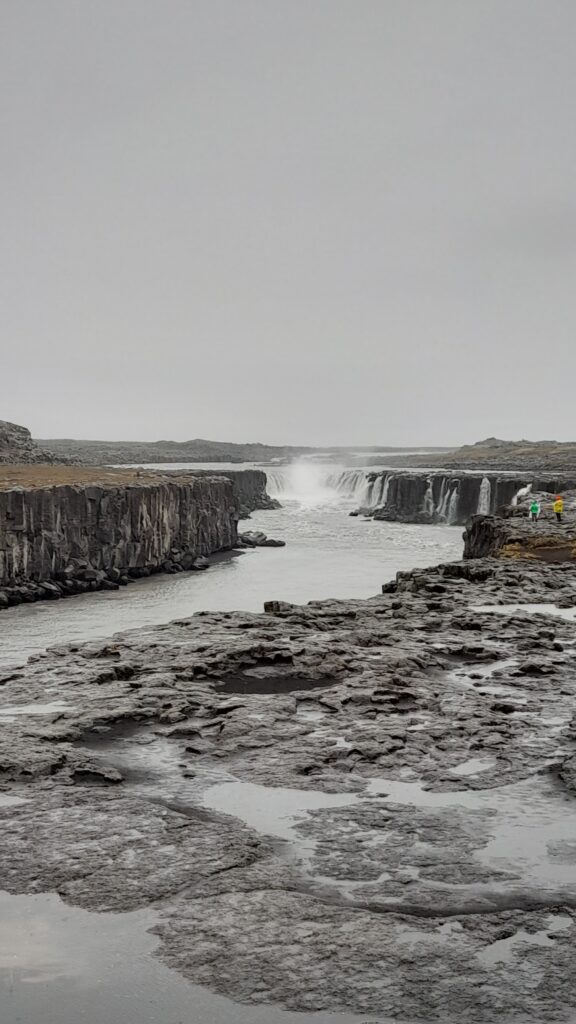

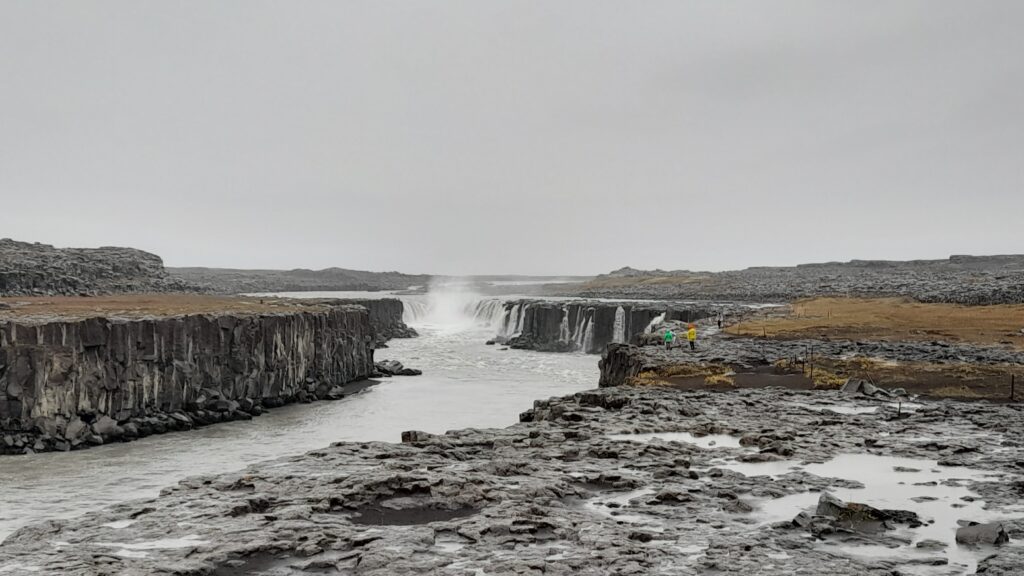

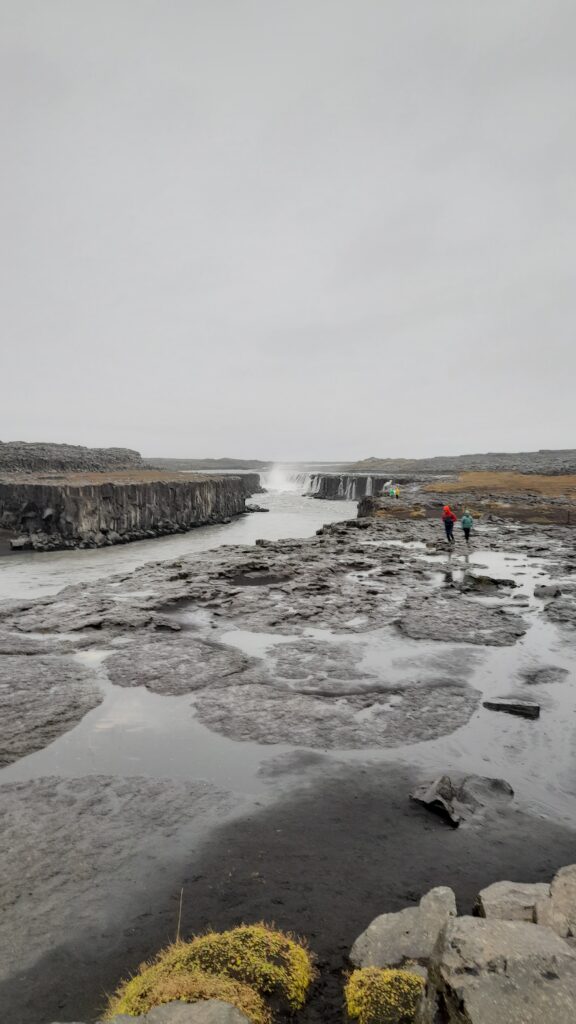

4 Goðafoss:
Known as the “Waterfall of the Gods,” Goðafoss carries historical significance and natural beauty. Accessible year-round via the Ring Road, this waterfall offers a magical experience. A recommended four-wheel drive vehicle during winter ensures a safe journey. Visitors can enjoy convenient facilities such as a paved parking lot, walking paths, and platforms to fully admire the falls.
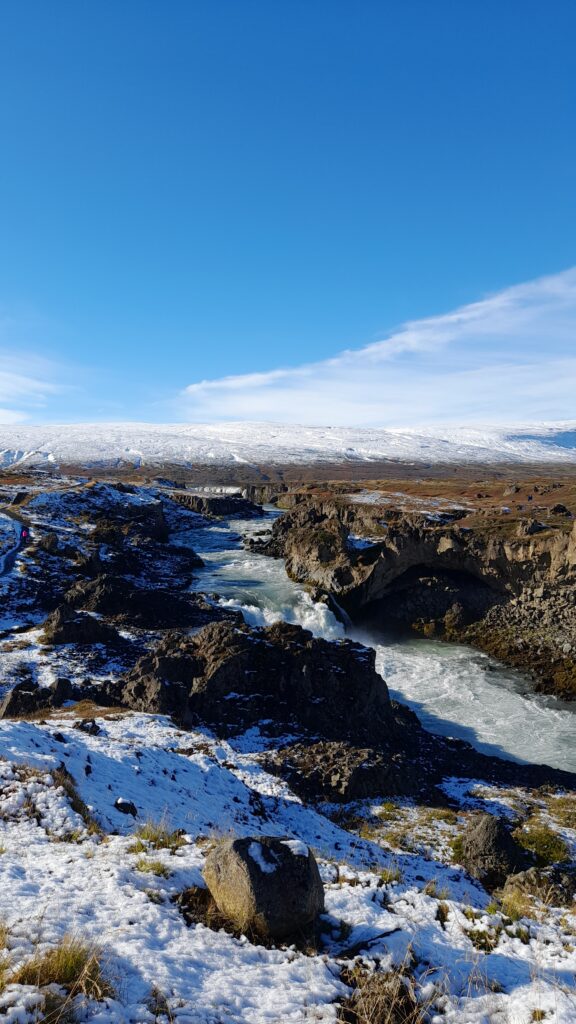

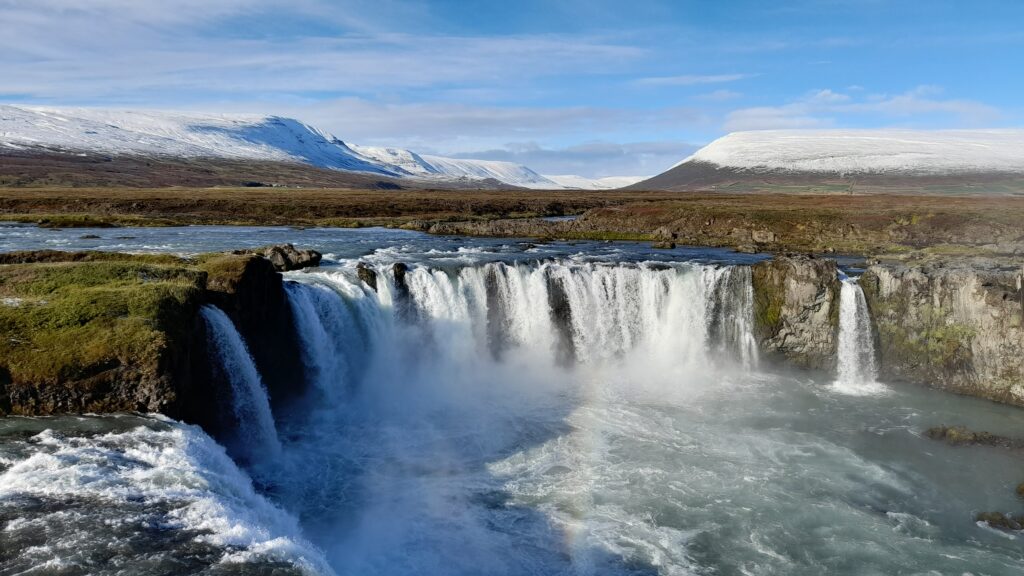

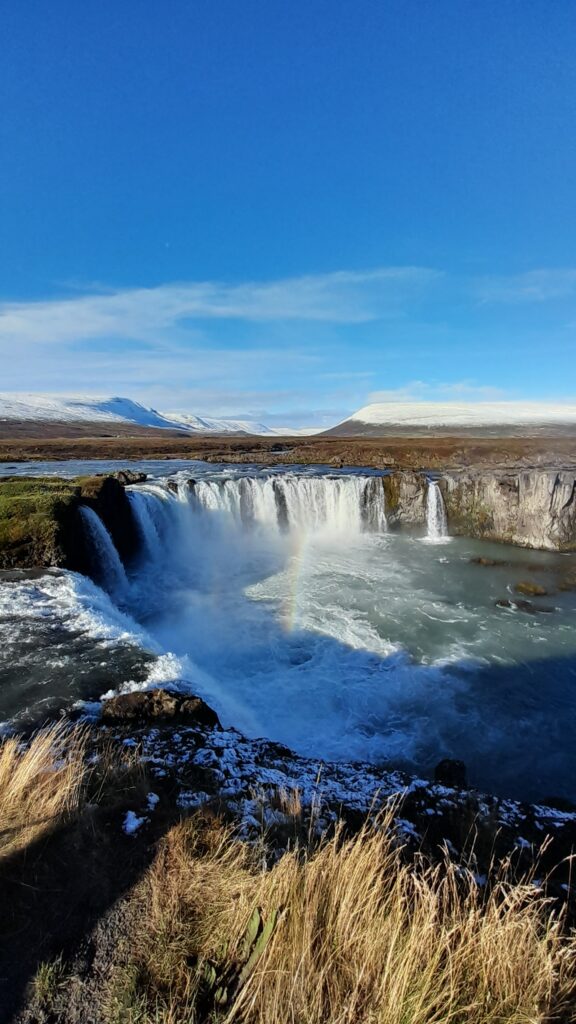

5 Seljalandsfoss:
Seljalandsfoss is a beautiful waterfall located in southern Iceland, along the popular tourist route known as the Golden Circle. What makes Seljalandsfoss unique is that visitors can walk behind the waterfall and experience it from a different perspective. The waterfall drops from a height of 60 meters (197 feet) and is fed by the Seljalands River, which originates from the Eyjafjallajökull glacier. Seljalandsfoss is a popular destination for tourists and photographers, especially during the summer months when the days are longer and the weather is milder.
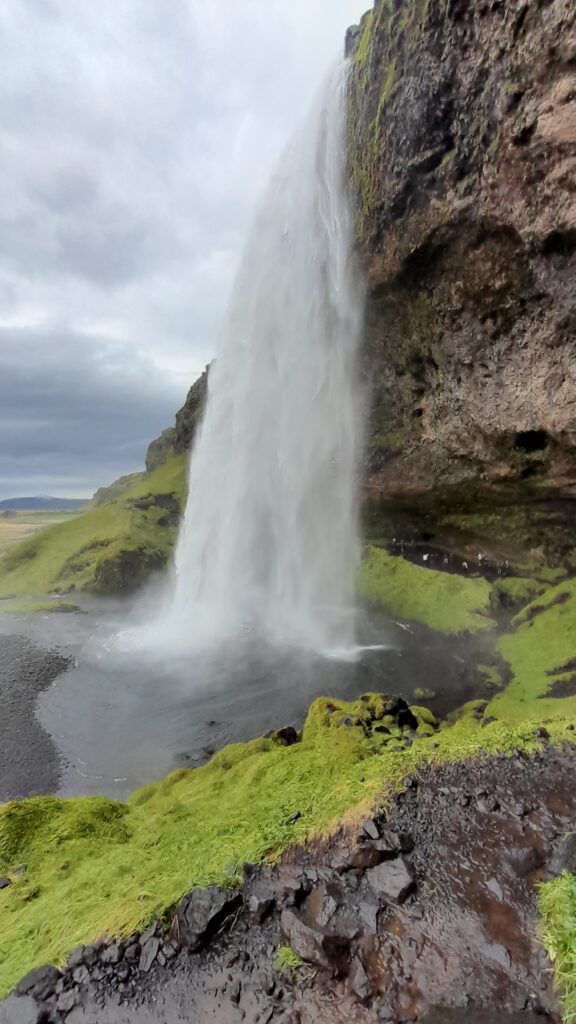

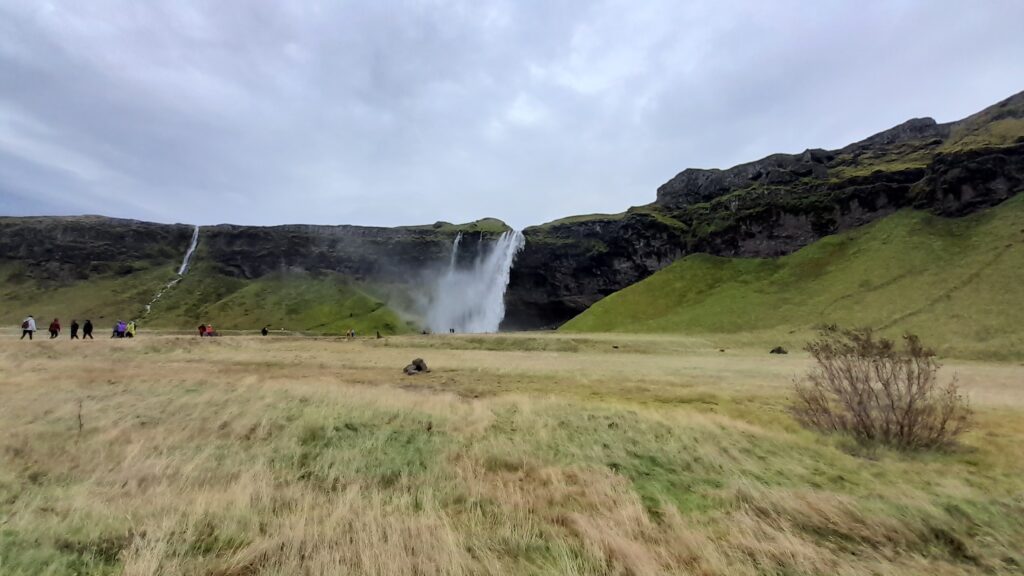

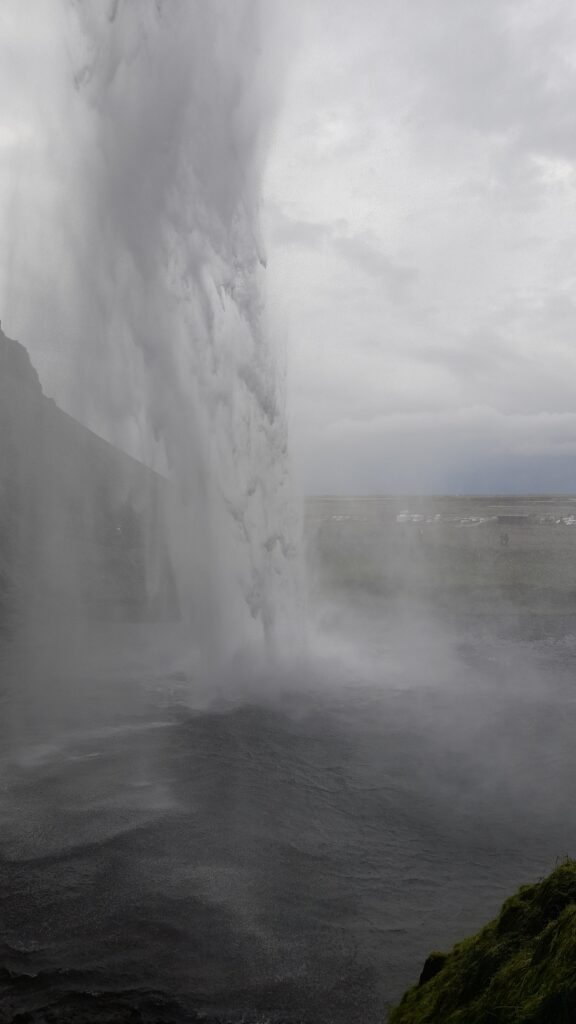

6 Barnafoss:
In the western part of Iceland, Barnafoss enchants visitors with its narrow and fast-moving rapids. This waterfall holds a tragic legend connected to the river Hvitá, offering a unique and mystical experience. Combining a trip to Barnafoss with a visit to nearby Hraunfossar enhances the exploration of this region’s natural wonders.
7 Svartifoss:
Located in the Skaftafell nature reserve within Vatnajökull National Park, Svartifoss stands out for its unique beauty. Cascading over basalt columns, this waterfall exhibits volcanic formations that have inspired architectural designs in Reykjavik. A short drive from the Ring Road and a moderate hike of fewer than 2 miles round-trip lead to this extraordinary sight.
8 Skogafoss
Skógafoss: A Majestic Cascade of Power and Grace Our adventure begins with Skógafoss, a majestic waterfall easily accessible from the famous Ring Road. With its impressive drop of 60 meters and a curtain of mist that shimmers in the sunlight, Skógafoss is a sight to behold. The thunderous roar of cascading water and the dramatic landscape surrounding it make for a truly mesmerizing experience.
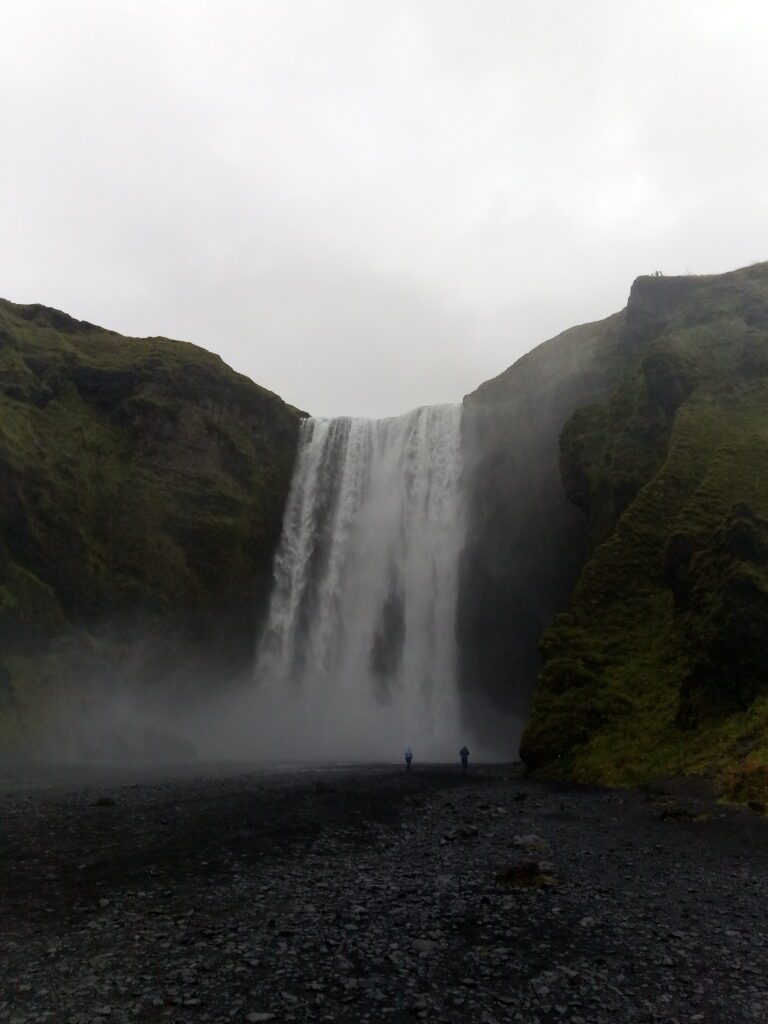

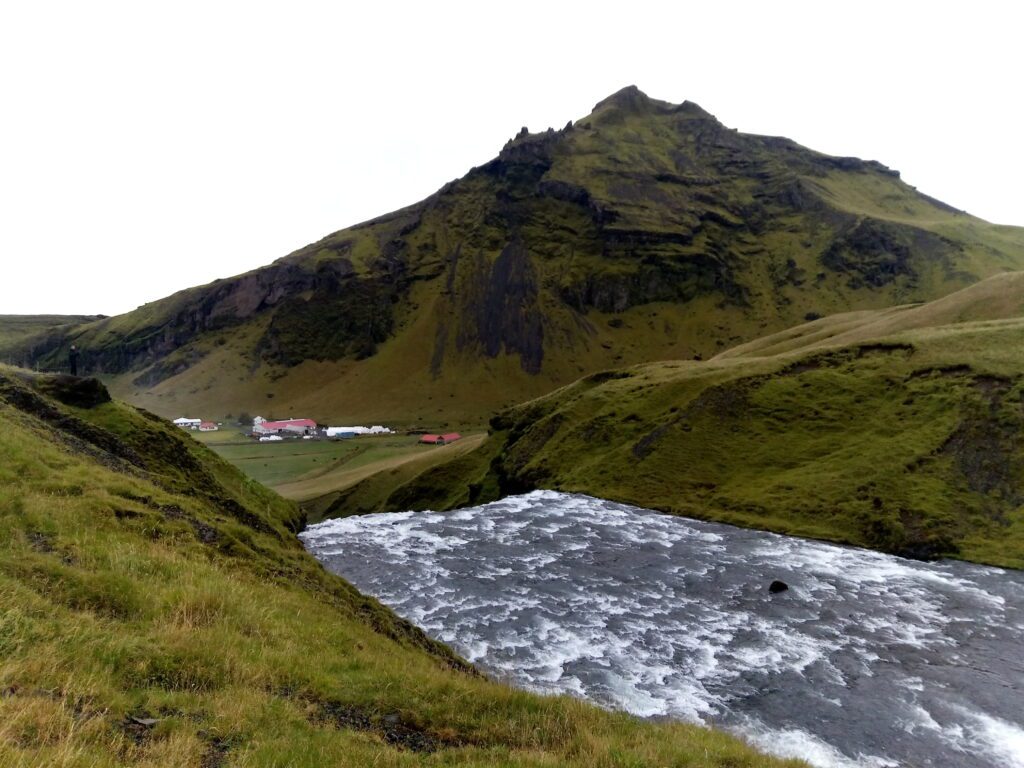

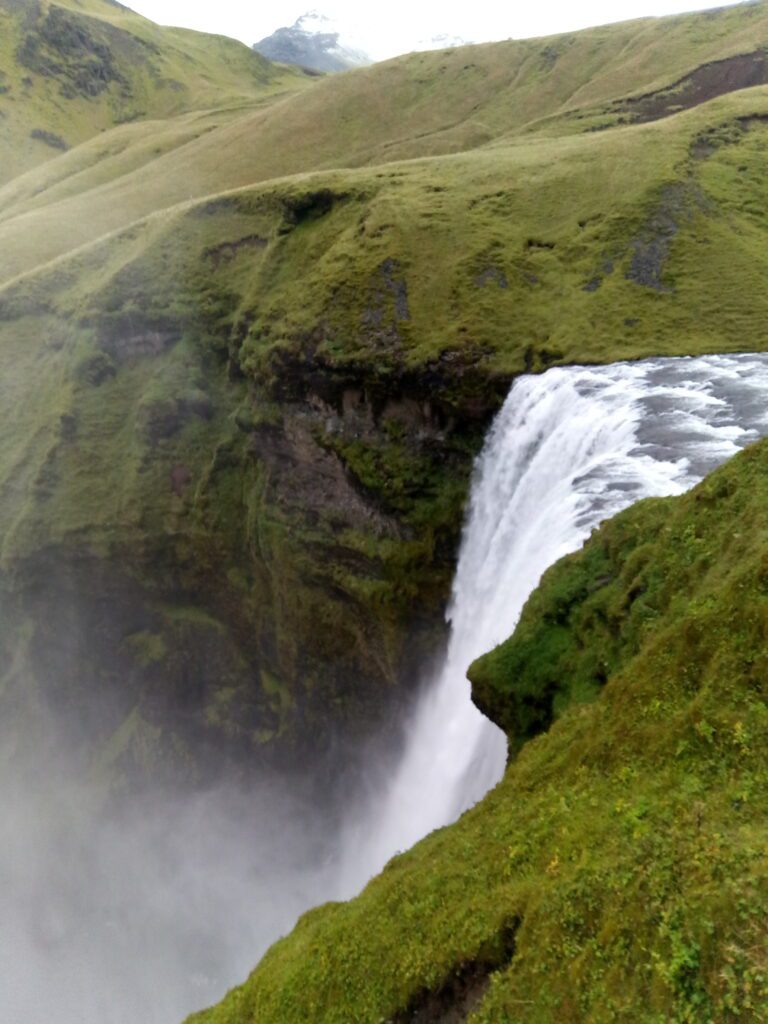

9 Kirkjufellsfoss
Kirkjufellsfoss waterfall is located in western Iceland on the Snæfellsnes Peninsula. It is known for its scenic beauty and the majestic Kirkjufell Mountain that serves as a backdrop to the cascading water. The waterfall offers a stunning view, especially during the midnight sun or beneath the northern lights.
To reach Kirkjufellsfoss waterfall, you can take Road 54, which goes around the Snæfellsnes Peninsula. There is a parking lot available, along with walking trails that lead to the waterfall. If you’re up for an additional adventure, you can also hike Kirkjufell Mountain, which takes about 1.5 hours. However, it’s important to note that sturdy shoes and proper clothing are recommended, and it’s not advisable to hike in wet conditions.
Overall, Kirkjufellsfoss waterfall is considered one of the most spectacular waterfalls in Iceland due to its scenic interest, depth, and color variations. It offers a picturesque setting for photography and is a popular attraction for visitors exploring the Snæfellsnes Peninsula.
10 Háifoss
Nestled east of Reykjavik along the Ring Road, Háifoss stands as a testament to the awe-inspiring natural beauty of Iceland. As one of the most captivating waterfalls in the country, Háifoss entices adventurers and nature enthusiasts with its majestic heights and serene landscapes.
As you venture closer to Háifoss, a sense of anticipation builds, preparing you for the breathtaking sight that awaits. The waterfall’s cascading waters plunge dramatically into the depths below, creating a mesmerizing display of power and grace. Standing at an impressive height of 122 meters, Háifoss is one of the tallest waterfalls in Iceland, leaving visitors in awe of its sheer magnitude.
People also read:
- 10 must-see attractions for visitors in Reykjavik
- The Blue Lagoon, Iceland’s Iconic Geothermal Spa
- Do’s and don’ts while in Iceland
- The Golden Circle: Iceland’s Crown Jewel of Natural Wonders
- Capturing the Northern Lights in Iceland
- Iceland ring road in 10 days
- Vatnajökull National Park and Diamond Beach
- Driving in Iceland
- Renting a Campervan in Iceland
Where to Stay:
Booking.comGuided tours
FAQ
This article may contain affiliate links. This means that we receive a small commission when you book something via these links. Of course, this does not cost you anything extra. Did our tips help you? We would love it if you book your trip via the links in the article above. Thank you so much.
Read more articles on my Iceland page.